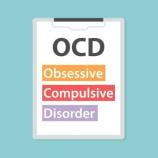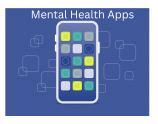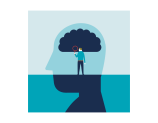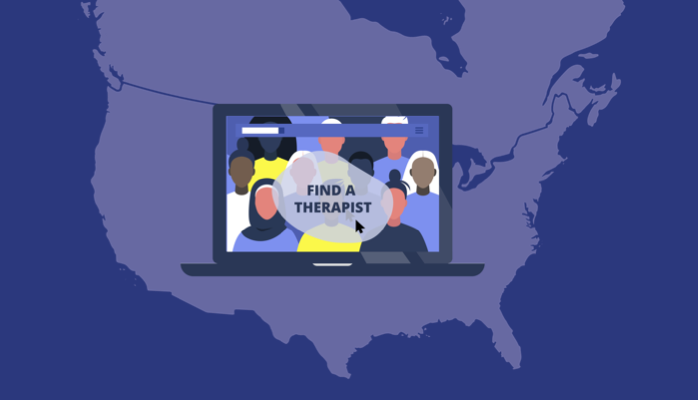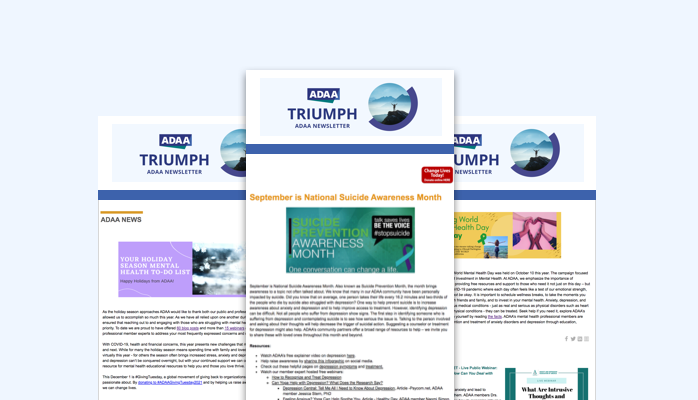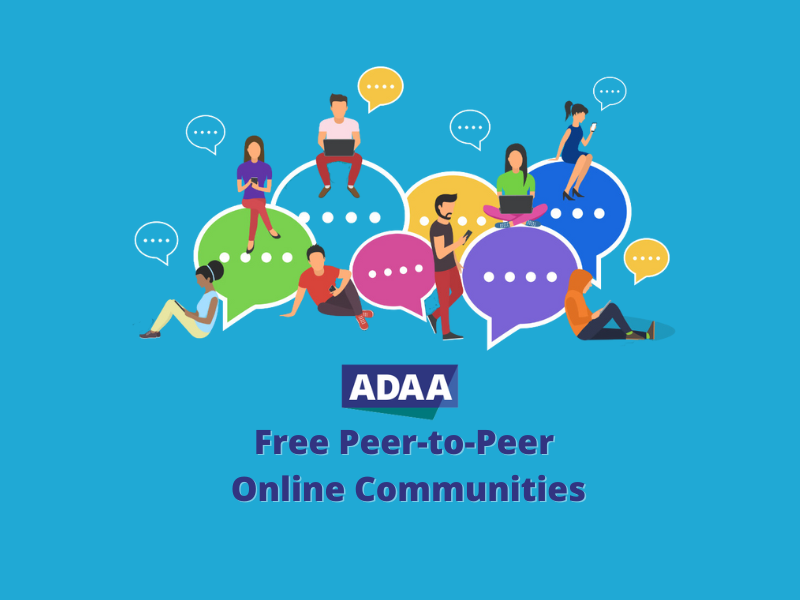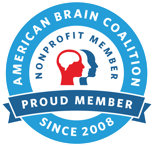Four Emotional States to Attend to When Treating OCD
Four Emotional States to Attend to When Treating OCD
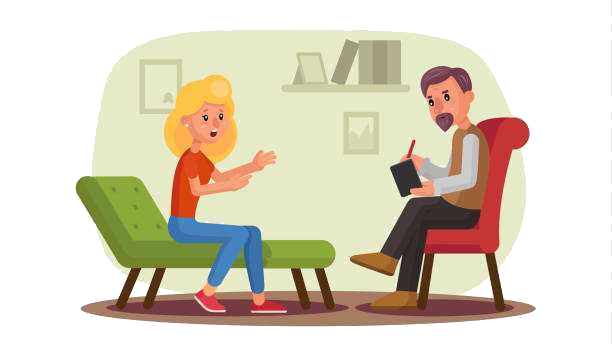
In the DSM-V obsessions are identified as unwanted thoughts, images, and urges. Compulsions are defined as the mental or physical strategies people employ to neutralize the distress that obsessions cause. The diagnostic name emphasizes that which causes the distress (obsessions) and that which strives to eliminate it (compulsions), as well as the functional impairment this produces (disorder), but fails to highlight the complex nature of the distress itself. Intense emotions, whether characterized by anxiety, disgust, or other forms of extreme discomfort, are the meat of the O-C sandwich and yet rarely get the airtime we afford obsessions and compulsions. Let’s look at the many roles emotions play in OCD and considerations for their incorporation in treatment.
Anxiety
Anxiety tends to get the most attention in these discussions because it is so predominant an experience for those with OCD. Intrusive thoughts and doubts around their significance lead OCD sufferers to wonder whether something did happen, is happening, or could happen. Fear is a stress response to an immediate threat, but anxiety can manifest as that same response in the body around the potential of a threat. While some may experience it more in the mind or more in the body, racing thoughts, increased heart rate, shallow rapid breathing, tense muscles, and other internal experiences arise that can be debilitating. Anxiety is not just the biproduct of our relationship with unwanted thoughts, but also plays a significant role in how we talk about our intrusive thoughts with others. Many of the themes common to OCD have a taboo or forbidden nature to them, making asking for help from treatment providers an anxiety-inducing experience. Clinicians can be helpful by bringing voice to this issue, acknowledging and validating that anxiety is a natural part of asking for help.
Guilt and Shame
People with OCD often feel guilt about the burden their impairment can cause others, such as family members or partners. Those with a tendency towards thought-action fusion and magical thinking can also feel guilt when they believe they allowed a bad thought to increase the likelihood that a bad thing could happen. If guilt is feeling like you did a bad thing, shame can be understood as feeling like you are a bad person. They can present simultaneously or independently and come in both adaptive and maladaptive or unhealthy ways. Those with moral scrupulosity may experience shame for having so-called “bad” thoughts. Many people with OCD find their rituals, however they manifest, to be shameful and connected to self-stigma around having a mental health condition. They may also feel guilty for the real and imagined burdens their symptoms put on others.
Anger
When things are one way and you want them to be another and there’s little to do about it, anger fills the space that might otherwise be filled with disappointment. OCD sufferers can get angry at themselves for failing to control their uncontrollable unwanted thoughts or for giving in to OCD trickery again and again when they have been really trying to resist compulsions. OCD sufferers can also find themselves deflecting from feelings of shame when they are triggered or when their rituals are interrupted by others and translating that into anger towards the people or circumstances that triggered them.
Sadness
Sadness is one of those emotions that is surprisingly hard to define without using the word “sad.” It is characterized be feelings of sorrow, loss, or hopelessness. A person with OCD may feel sad because of all the ways in which their symptoms have robbed them of joyful experiences and relationships. Sadness can also be a biproduct of feeling as if compulsions were not completed or effective, a sense that one is helpless against the brutality of their obsessions. In some cases, sadness itself can be the trigger (such as obsessive fear of self-harm).
Incorporating Emotions Into Treatment
Effective treatments for OCD involve changing the way we think about our triggers, the way we respond behaviorally to them, or some combination of the two. But with all of the emotions above, the most effective tool is acceptance, or, more concretely, letting go of resistance. Compulsions serve to avoid, eliminate, or contain unpleasant emotions. In exposure-based work, these emotions will not only rise to the surface, they may explode from all the time and pressure from their containment. In non-exposure approaches to OCD, one is still required to acknowledge the painful emotions that brought them to seeking treatment and identify effective strategies for owning them as part of the human condition. Further, many people with OCD struggle with emotional contamination wherein certain emotions are deemed unacceptable to have and compulsive efforts serve to sidestep or destroy them.
Emotions can be understood as a relationship between physical sensations and narratives. For example, if I have a lump in my throat and a heaviness in my chest (physical sensations) as well as a story in my head of having done the wrong thing (a narrative), I may call that experience guilt. If I feel heat in my face and my muscles are tense and I am also thinking about a recent injustice, I am likely to call that experience anger. Feelings, like thoughts, are going to be had whether we like it or not. We can engage in a number of therapeutic interventions to influence the frequency and intensity of thoughts and feelings we experience, but we do not get to choose whether these experiences are had at all. In treatment for OCD, emotions need to be considered as an essential component of any cognitive or behavioral approach. On the cognitive front, we want to explore how we think of these stories around our internal experiences and how reshaping our thinking can help us make space for challenging emotions. On the behavioral side of things, in order to teach the brain that it can handle triggering experiences, exposure work needs to include not just objects and ideas, but the corresponding emotions that arise.
This post is presented in collaboration with ADAA's OCD and Related Disorders SIG. Learn more about the SIG.

